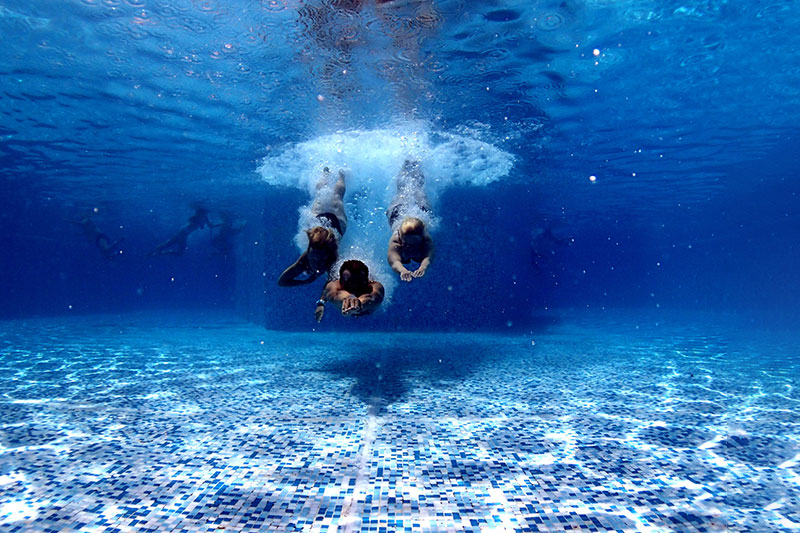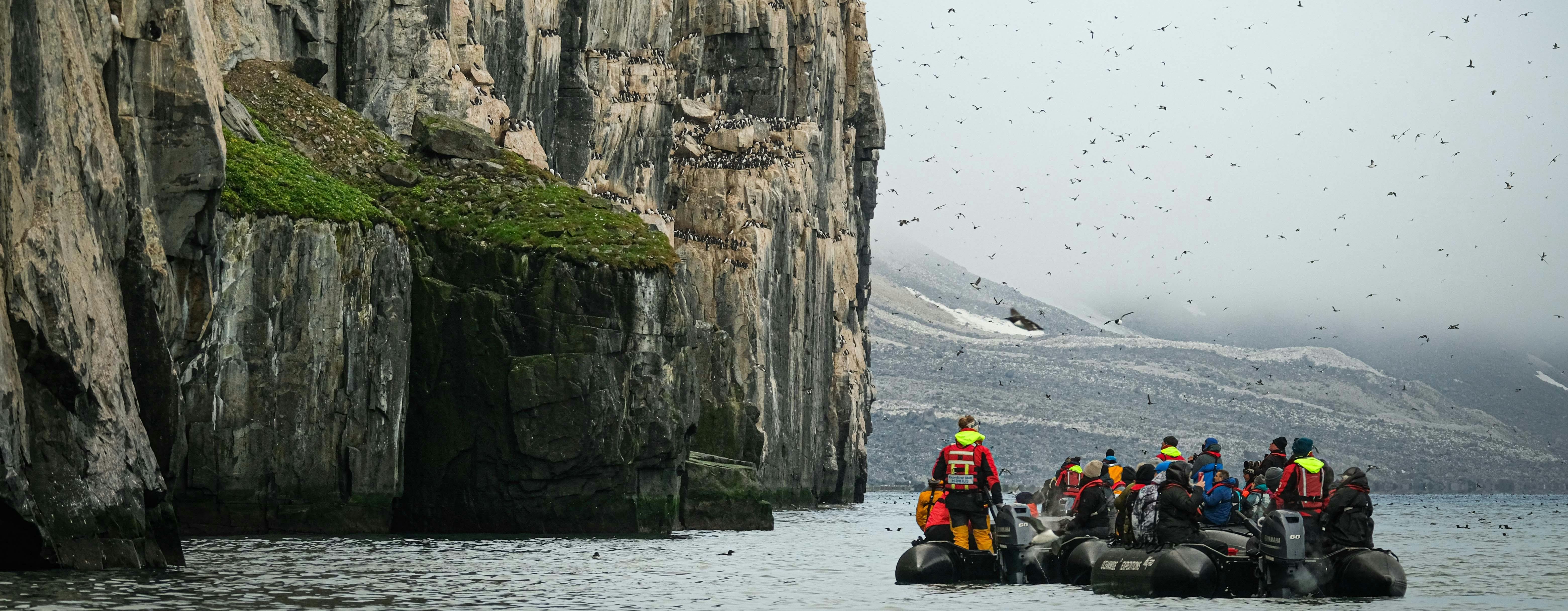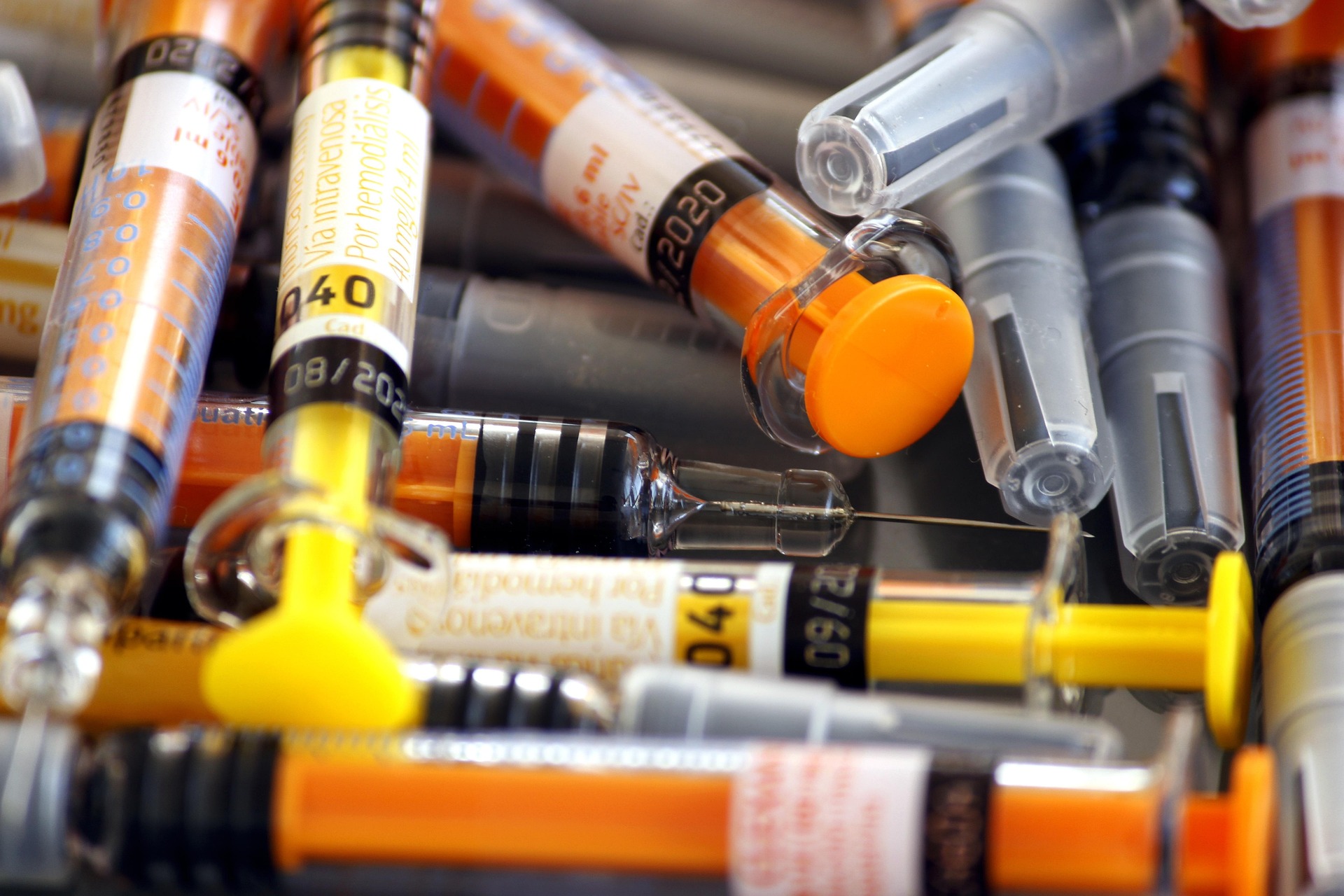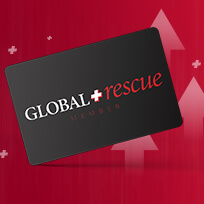More people are getting vaccinated. Others have recovered from infections, whether or not they had symptoms. The news about increased infections from variants of coronavirus has not produced a parallel increase in hospitalizations if you’re vaccinated. These factors are contributing to a steady increase in TSA airport screenings as travelers return to travel, and many of them are going to the shores.
An NBC news report said, “If you didn’t know any better, you may think [the San Diego beach crowd earlier this summer] was a scene from before the pandemic – as thousands enjoyed the weekend along the water’s edge free from COVID-19 restrictions.” Hawaii is “flooded with tourists” and local businesses throughout the state are struggling to meet the needs of tourists and locals alike, according to a recent report.
The east coast beach communities are busy, too. “Summer rentals have gone wild on Cape Cod, [Nantucket and Martha’s Vineyard], with most weeks already booked with demand so high people are ‘panic calling’ daily,” according to a report. Trip searches to North Carolina’s Outer Banks more than doubled from early 2019, according to an analysis by Trips To Discover.
The COVID-19 threat is abating and people are traveling to shorelines everywhere. Is the shoreline a haven from the pandemic?
According to science, yes. “It’s extremely unlikely for coronavirus to be transmitted by water,” based on a report by the Cleveland Clinic.
Ocean beaches and lakeshores are wildly popular during the summer and early fall. Swimming, wading, sailing, kayaking, tubing, boating, and all the other types of water sports are favorite activities among travelers to the shoreline. Pools are a common summertime recreational hot spot, too.
Will You Be Safe from the Virus?
Your likelihood of exposure, let alone infection, drops considerably when you’re outside. “The context to keep in mind is that the baseline outdoor risk with all of these [coronavirus variants] is extremely low,” said Aaron Richterman, an infectious-disease clinical fellow at the Hospital of the University of Pennsylvania.
When you’re at the shore or in the water the risk of infection is still extremely low. The virus does not do well in water whether it is seawater, freshwater lakes, or chlorinated pool water, according to Cleveland Clinic staff critical care physician Joseph Khabbaza. The likelihood of spreading coronavirus at a beach, lake, or pool is low because the virus is not passed on by water.
“The virus doesn’t live very well in just water so it’s not going to live well in chlorinated water. That goes for larger natural bodies of water and saltwater, like at beaches. None of these respiratory viruses have been described to be transmitted in a waterborne fashion,” he said.
Coronavirus is a disease spread by humans when we breathe, talk, cough, or sneeze. Depending on the size of the crowds, summertime social distancing on the waterfront may be difficult. If you’re on the beach, the lakeshore, or the pool deck and you’ve got plenty of space between you and everyone else then your risk of infection is quite low, even if you’re unmasked.
“If you’re sitting in a little circle of your family or if it’s just your small social circle and you’re adequately spaced from others, a mask is not necessary for a setting where you’re able to physically distance from others in an outdoor environment,” Khabbaza said.
Other Risks to Be Aware Of
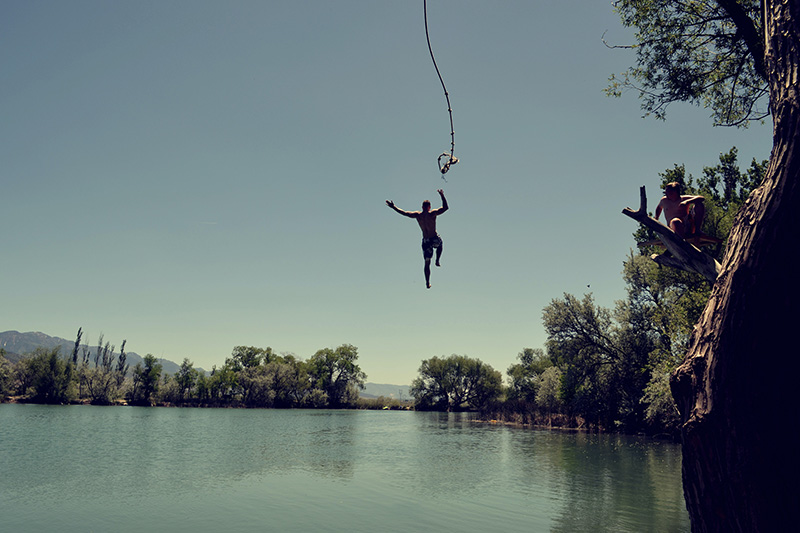
Safety on the shores of beaches and lakes goes beyond pandemic protocols. The ongoing threats from sunburn, heatstroke, stings from jellyfish and sea urchins, coral cuts, snake bites and swimmer’s itch must be top of mind for travelers. Planning and preparing for these risks can mean the difference between a vacation briefly interrupted and one permanently ruined.
- Sunburn is one of the most avoidable, yet common, beach and lake injuries. Smart use of sunblock to protect against UV overexposure can decrease the risk of skin damage and various forms of skin cancer. “Sunblock should be re-applied every 2-3 hours to ensure that the maximum amount of protection is available from the product,” said Scott Mitcham, a Global Rescue senior medical operations specialist and a 25-year veteran paramedic including service in the U.S. Army and the U.S. Coast Guard.
- Heatstroke, an avoidable condition that starts with heat exhaustion. Heatstroke requires immediate medical attention. Someone experiencing heatstroke may have a headache, confusion, no sweating, rapid heart rate, nausea, or vomiting and may lose consciousness. “Call emergency services immediately if you suspect someone is suffering from heatstroke. If possible, move the person out of the heat and into an air-conditioned environment. If none is available, provide shade and try to cool them down until emergency service crews arrive,” Mitcham said.
- Stings from jellyfish and sea urchins are painful and potentially dangerous. When planning a beach getaway you need to be prepared and know what to do in case of a sting to determine whether medical care or home treatment is sufficient. Generally, jellyfish stings are painful yet short lasting. If a child or infant is stung by a sea urchin or a jellyfish then a trip to an emergency medical facility may be warranted. Infants and children are not tiny adults. They can have severe reactions compared to what an adult may classify as a minor sting.
- Cuts from coral can be minor or, depending on the species, dangerous. Coral is common in tropical waters where reefs surround the shore. Snorkelers and scuba divers risk injury from coral by accidentally touching them. Wear appropriate water shoes when enjoying the water since they offer protection from inadvertently stepping on sharp coral. Keep a bottle of fresh water with you in the event that a wound needs to be irrigated.
- Lake snakes are largely nonvenomous but the water moccasin is a unique exception as North America’s only venomous water snake. They are found in streams, marshes, swamps, and the shores of ponds and lakes. A bite can be serious or even deadly. If bitten, call for emergency help immediately, move away from the snake’s striking distance, stay calm to prevent the spread of venom, keep the bite site below the level of your heart, clean the wound with soap and water, and cover it with a clean, dry dressing. “Do not attempt to cut into the bite site and suck out the venom. This is extremely dangerous for the bite victim as well as to the rescuer who is attempting to help,” Mitcham said. Call emergency services immediately after a snake bite and move to the shoreline if not already there.
- Swimmer’s itch, or cercarial dermatitis, is a rash triggered by an allergic reaction to parasites that nestle into your skin after swimming in freshwater lakes, ponds, and occasionally seawater. It is uncomfortable and usually subsides on its own in a few days. You can control itching with over-the-counter or prescription medications. Refrain from scratching the rash site to prevent skin tears which can lead to infection. Consult with a physician prior to applying any ointments or creams on the skin.
Whether you’re heading to the beach, a lake, or even a pool, it is a good idea to have a plan in place just in case. “Even if it’s only a day trip, tell someone who is not joining you where you are planning to spend the day and what time they should expect you to return,” Mitcham said. A Global Rescue membership helps with major and minor injuries or illnesses as well as travel advice and services. Membership means you’re one call away from real-time access to paramedics, EMTs and nurses who will help you sort out the dos and don’ts based on your symptoms and circumstances. You’ll have the best information without wasting time, or worse, relying on the hope that you’re doing the right thing.

